This post may contain affiliate links. If you click through a link and make a purchase, I may receive a commission at no additional cost to you. As an Amazon Associate, I earn from qualifying purchases. Read the full disclosure here.
One of the biggest questions about foam rolling (other than which exercises are the best?) is how to choose the right foam roller for your sore muscles.
You’d think it would be easy, but so many choices leave you with analysis paralysis.
What size foam roller should I buy?
That depends on a few different factors. But don’t worry. This detailed article will guide you through everything you need to consider to confidently pick the best foam roller for your needs!
Disclaimer: This content is for educational purposes and is not medical advice. Read the full disclaimer.
What does foam rolling do?
First of all, what does foam rolling do? A foam roller is a tool to give yourself a cheap deep tissue massage to improve pain, tightness, and increase overall mobility.
Your body weight is used to apply pressure and slowly roll over an area for a self-myofascial release to relieve muscle tension.
But it doesn’t stop there. Foam rollers can also be used for self joint mobility exercises and as a stability prop for core and Pilates exercises. And stability exercises with a foam roller can get pretty challenging!
How does foam rolling work?
You’ve probably seen many at the gym using foam rollers, and you might have asked yourself if there’s any value or is this just another trendy fitness craze.
Rejoice. There are some science-backed benefits.
Here’s the TL;DR from the research:
- Foam rollers are often used as part of a warm-up and in recovery. Cheatham et al. concluded that foam rolling may be useful for enhancing joint ROM for both pre and post-exercise.
- Foam rollers may physiological changes, including increased blood flow and circulation and the release of inflammatory chemical mediators during the breakdown of trigger point and spasm.No adverse effects on performance have been found when foam rolling is part of a warm-up.
- The benefits of foam rolling may be more significant when combined with a consistent static stretching program post-activity.
- There’s mixed evidence to suggest that foam rolling after high-intensity exercise might help decrease perceived next-day soreness.
If you want to know more about how foam rollers work, check out What Is Foam Rolling? (Is It Worth The Hype?)
But for now, let’s get into how to choose a foam roller!
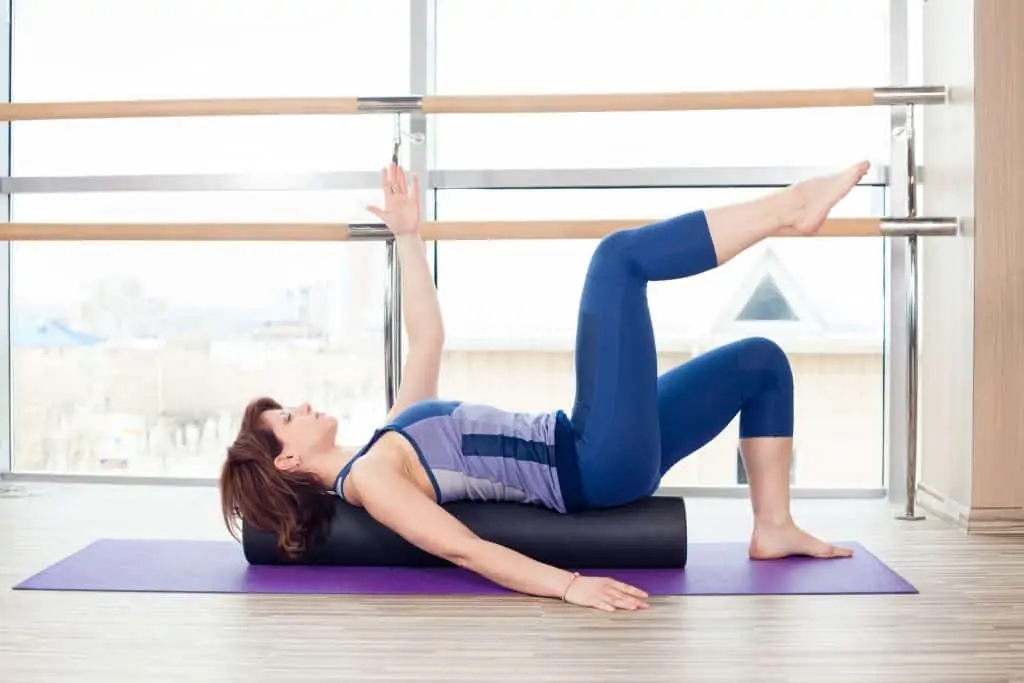
What size foam roller should I buy?
Let’s consider a few key things to help you choose the right foam roller for you.
Intended use of the roller
This may sound like a silly question – duh! Foam rolling! – but the answer can help you figure out which type to get.
The best type of foam roller for you matches your goals.
What’s your main goal?
- Massage/soft tissue work
- Mobility & joint mobilization
- Core stability & Pilates exercises
- All of the above
Which size foam roller is best?
You’ve probably ascertained from your quick Google search that foam rollers come in all shapes and sizes, and what’s the difference?
Let me explain.
12-18 inch round foam rollers
These sizes are more compact and ideal for traveling or small spaces. You can accomplish most massage and mobility exercises with a shorter roller.
You will not be able to use this roller for exercises that require lying on the roller along the length of your spine.
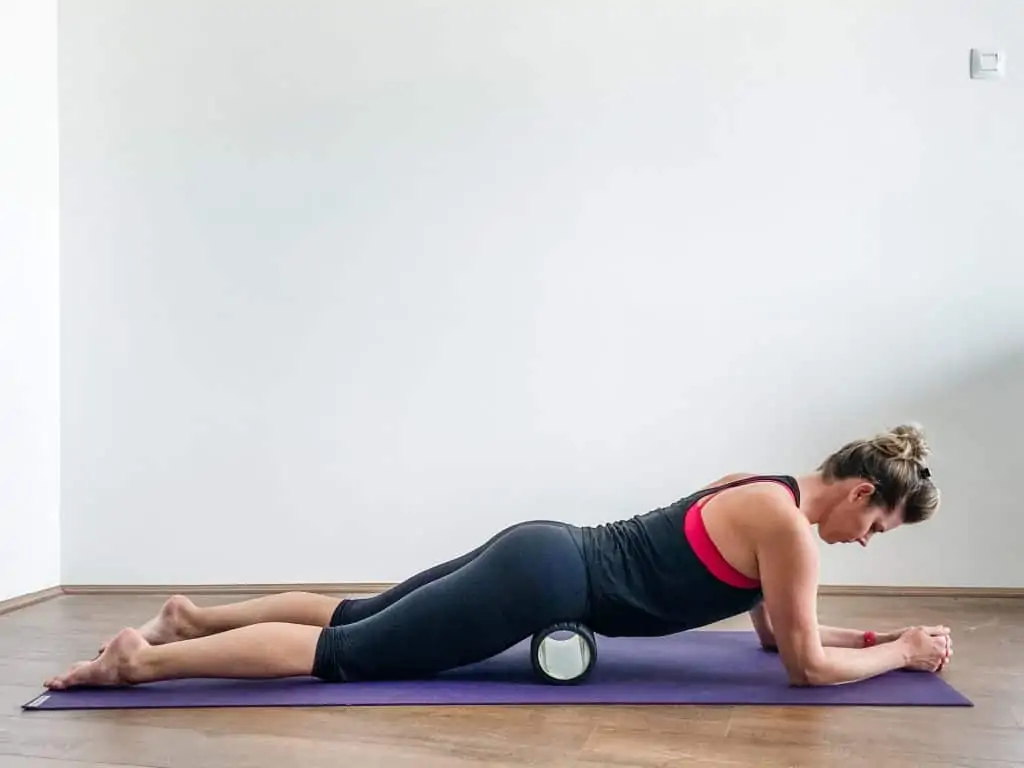
The Trigger Point Grid is one of my favorite compact foam rollers. I’ve had it for several years, and it still looks and performs as good as new.
It’s small enough to tuck away in the corner and can be used for travel. It has a hollow inside that you can stuff socks or other small items inside while packing!
Also check out the ProSource Fit 12-inch foam roller.
36 inch round foam rollers
This size is the original kid on the block and will accommodate anything you need from massage to core exercises, making it the best all-around option for beginners.
Check out the OPTP Axis foam roller and OPTP Pro Roller.
With a 36-inch foam roller, you’ll be able to lie on the full length of your spine, opening up options for additional shoulder mobility and core exercises. Any size less than this will not work.
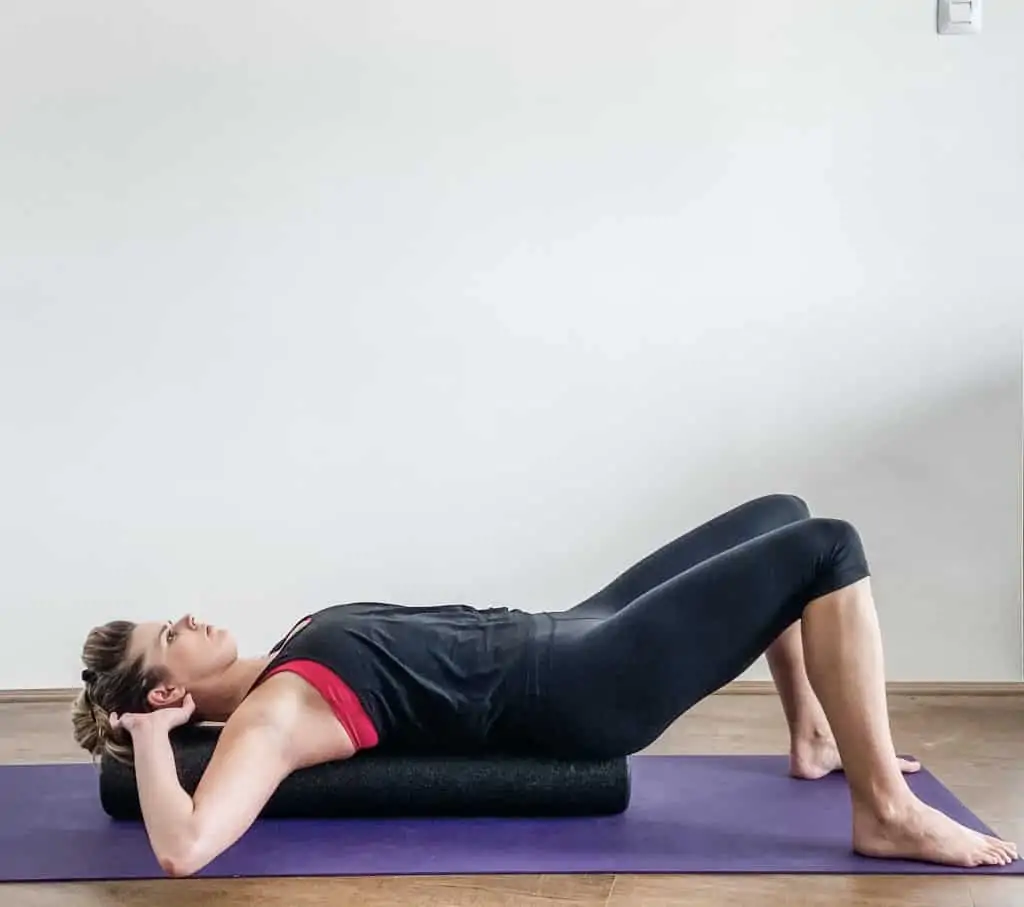
Half round foam rollers
You’ve probably seen these and wonder what the heck they’re for? Half-round foam rollers are precisely that, a foam roller cut in half at the diameter, so one side is now flat.
Half-round foam rollers are useful for:
- Calf stretching and ankle mobility exercises
- Core stability exercises
- Self mobility in a less aggressive range of motion
Foam roller densities/materials
How much pressure do you want?
Descriptions are usually listed as soft, medium, and firm densities.
A softer roller will be less aggressive, so if you find foam rolling painful, a less dense roller may be for you. Depending on the material, soft density foam rollers tend to break down more quickly and need to be replaced more often.
I like the quality of OPTP foam rollers, and they come in soft, medium, and firm densities. This line’s soft rollers are more durable than some of the generic soft rollers because they’re constructed from a closed-cell EVA foam.
I’ve used OPTP rollers in the clinic, and high-density foam rollers last well with everyday use.
Should I get a smooth or bumpy foam roller?
A textured roller can work deeper into some tissues but may not be tolerated well by everyone.
The Rollga roller is my favorite option that has a contoured smooth surface and can get deeper into some tissues, like the muscles along the spine.
There’s a nice little cut-out in the middle that gives some room for your spine and feels great after a few hours in front of the computer.

If you’re looking for a foam roller for stability work, stick with a smooth roller.
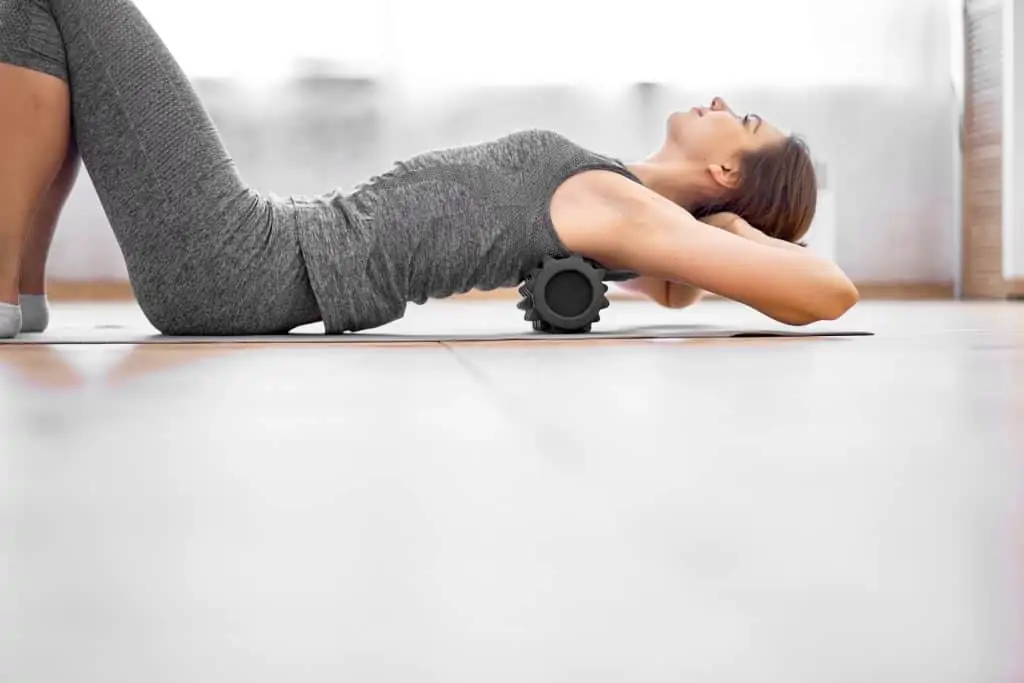
Do vibration foam rollers work?
Just when you thought foam rollers couldn’t possibly get more complicated, enter vibration therapy.
Is this necessary? Or is this just another way to sucker you into expensive fitness tech? Let’s take a look.
What makes a vibrating foam roller better?
There is some evidence that vibration can decrease pain (via the gate control theory), modulating pain sensations sent back down from the central nervous system based on sensations put in.
A simple example of the gate control theory is rubbing your elbow right after accidentally smashing it into a door frame. Ouch.
Romero-Moraleda et al. looked at the short-term effects of pain perception and passive hip ROM after using vibration foam rolling to the quads.
The study found a significant improvement in pain perception and passive range of motion in hip extension following vibration to the quads.
While this may be more of a temporary fix, it may make foam rolling more tolerable for some and provide some temporary relief.
So if you find foam rolling an overall uncomfortable experience, a vibration foam roller might be for you.
Check out the Trigger Point Grid Vibe Plus and the Sidekick Fuse.
Technically, the Sidekick Fuse isn’t a foam roller, but if you’re interested in vibration therapy, it needs to be on the list. Its convenient size and shape help contour better than a straight foam roller.
Other soft tissue tools
Foam rollers can be pretty bulky, so when you’re trying to work into specific areas, here are some other soft-tissue release tools to help work deeper into hard-to-reach areas.
Myofascial release balls
Great places to use these are the sole of the foot, the deeper into the glutes, trigger points in the back and shoulders, as well as the suboccipitals at the base of the skull.
Because they’re small, myofascial release balls are also great for travel.
The stick
Popular with runners, The Stick is a handheld massage stick commonly used for the larger muscle groups, such as the calves, hamstrings, and quads.
You control the speed and pressure as you roll the device over the target area.
Muscle scraping tools
Sidekick is taking workout recovery to another level. Have you heard of muscle scraping and IASTM (Instrument Assisted Soft Tissue Mobilization)?
Muscle scraping is a technique based on gua sha, an ancient Chinese therapy to improve circulation and promote healing.
IASTM (Instrument Assisted Soft Tissue Mobilization) is somewhat of a modern take on gua sha using various shaped tools for musculoskeletal conditions to improve soft tissue mobility.
You can read more about the similarities and differences between gua sha and IASTM here.
I’ve used many different types of tools, including various brands of expensive clinical-grade tools. I think Sidekick is a high-quality, affordable option.
Sidekick has several tools that are easy to use on yourself after those intense workouts. They also provide easy-to-follow videos for each body part to be sure you’re using your tool correctly.
Check out my full review of the Sidekick Swerve and Bow tools in this review article.
Which foam roller is best?
There are plenty of great foam roller options out there. By now, you have a better idea of how to choose a foam roller based on what features are important to you.
You can’t go wrong with a basic foam roller to start. You might even end up with a collection!
Let me know which foam rollers are your favorite! Be sure to check out the Foam Roller Exercise Library to learn good technique!
You might also like:
- 7 Best Foam Roller Exercises To Combat Poor Desk Posture
- Foam Roller Exercise Library
- Mobility vs Stability vs Flexibility – How To Unlock Healthy Movement
- The Best Affordable Physical Therapy Equipment For Home
References
Cheatham SW, Lee M, Cain M, Baker R. The efficacy of instrument assisted soft tissue mobilization: a systematic review. J Can Chiropr Assoc. 2016;60(3):200-211.
Wiewelhove T, Döweling A, Schneider C, et al. A Meta-Analysis of the Effects of Foam Rolling on Performance and Recovery. Front Physiol. 2019;10:376. Published 2019 Apr 9. doi:10.3389/fphys.2019.00376
Cheatham SW, Kolber MJ, Cain M, Lee M. THE EFFECTS OF SELF-MYOFASCIAL RELEASE USING A FOAM ROLL OR ROLLER MASSAGER ON JOINT RANGE OF MOTION, MUSCLE RECOVERY, AND PERFORMANCE: A SYSTEMATIC REVIEW. Int J Sports Phys Ther. 2015;10(6):827-838.
Macgregor, L.J., Fairweather, M.M., Bennett, R.M. et al. The Effect of Foam Rolling for Three Consecutive Days on Muscular Efficiency and Range of Motion. Sports Med – Open 4, 26 (2018). https://doi.org/10.1186/s40798-018-0141-4

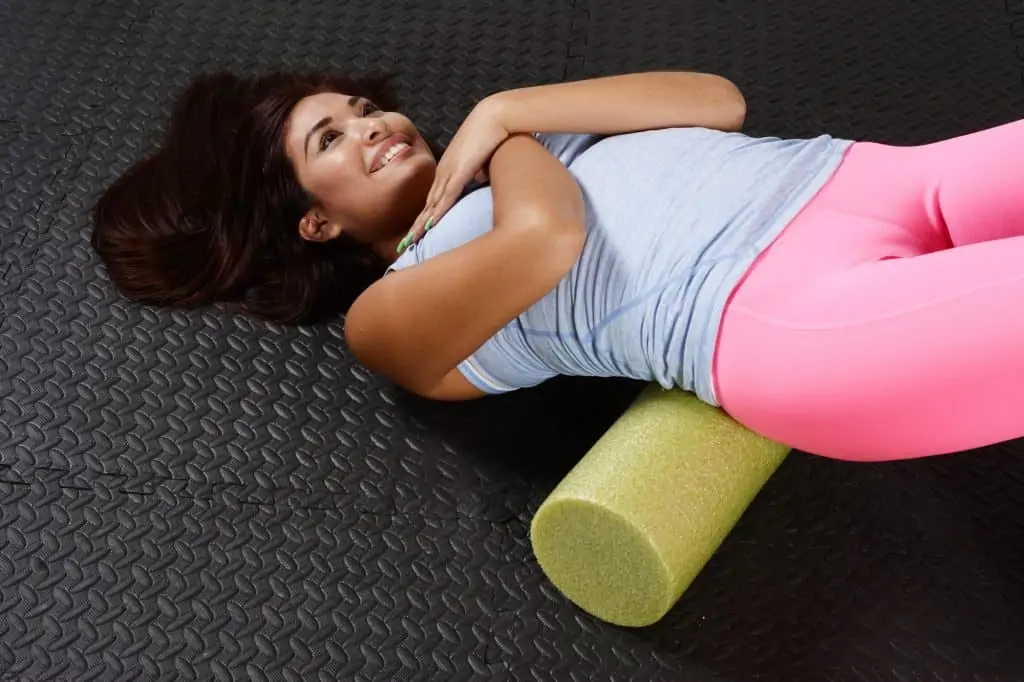
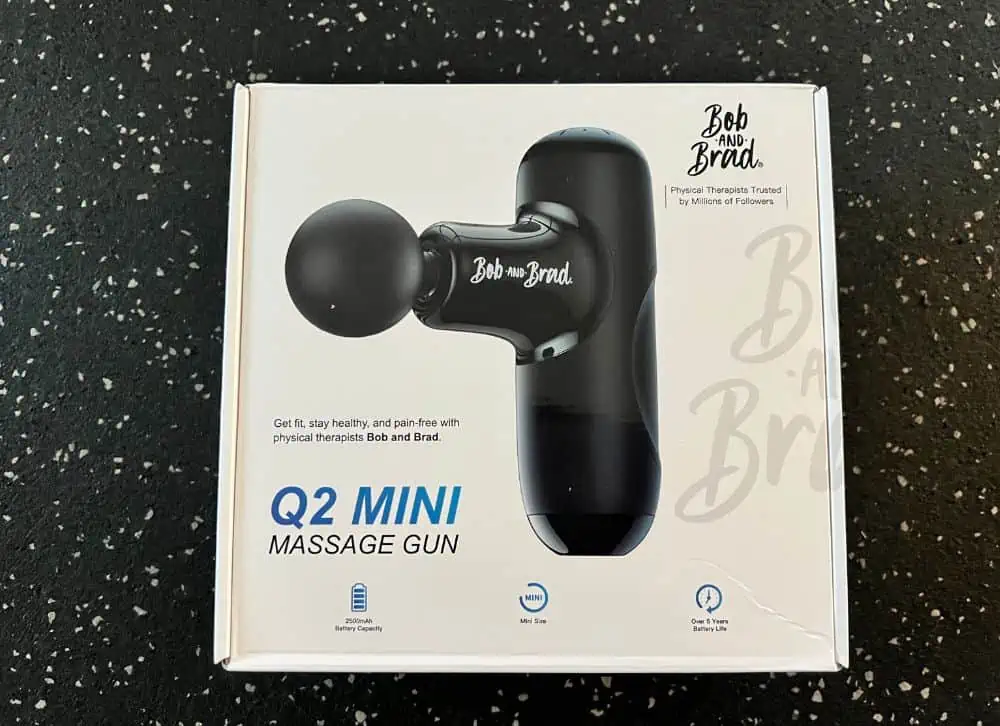
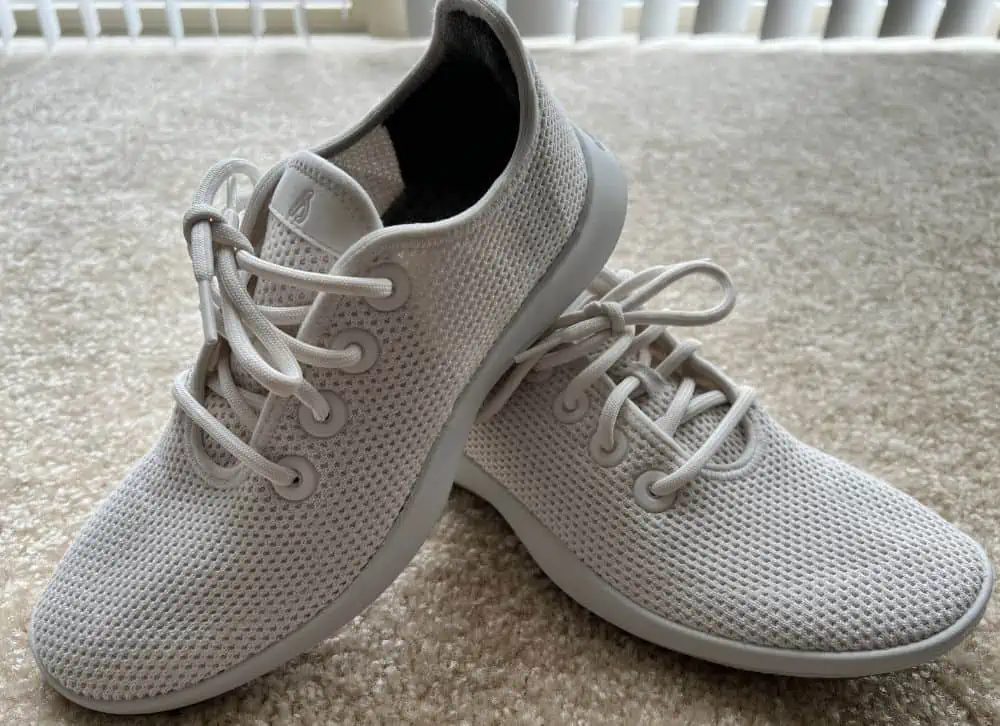
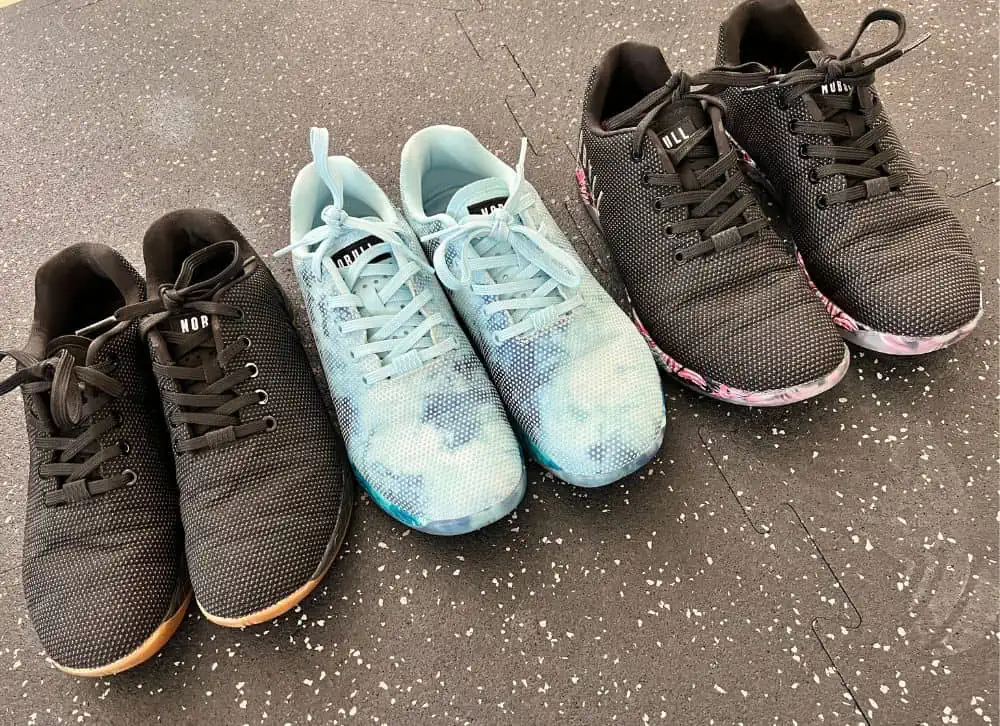
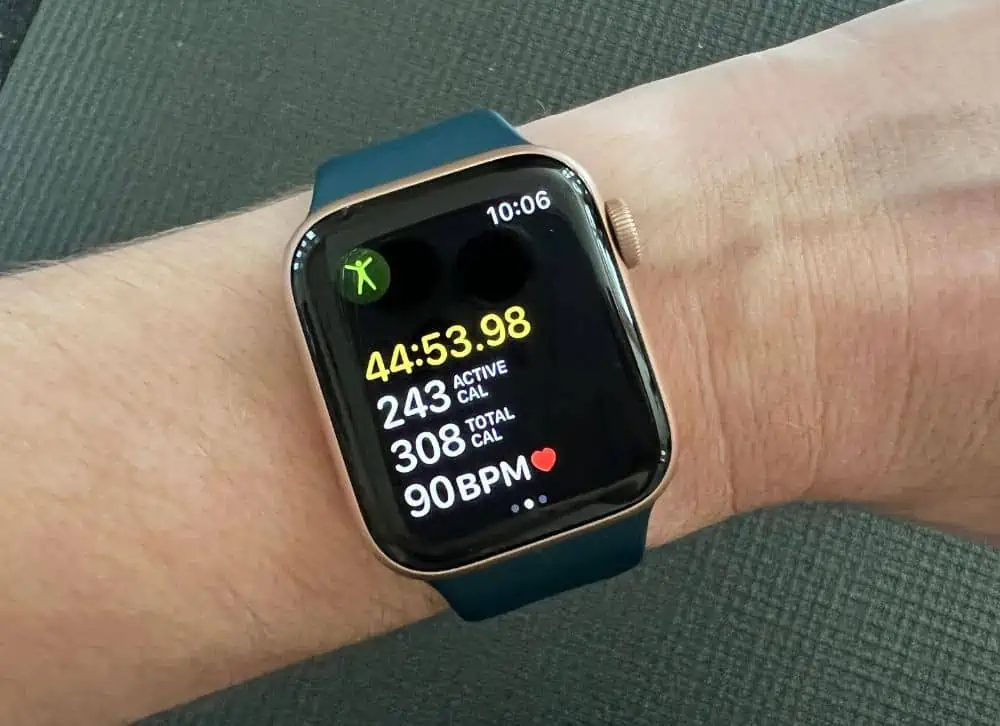
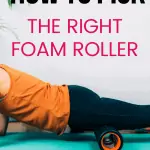
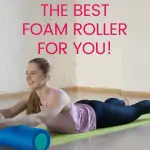
I’m definitely a mess without my foam roller and always looking for the best option, so thanks for the thorough guide!